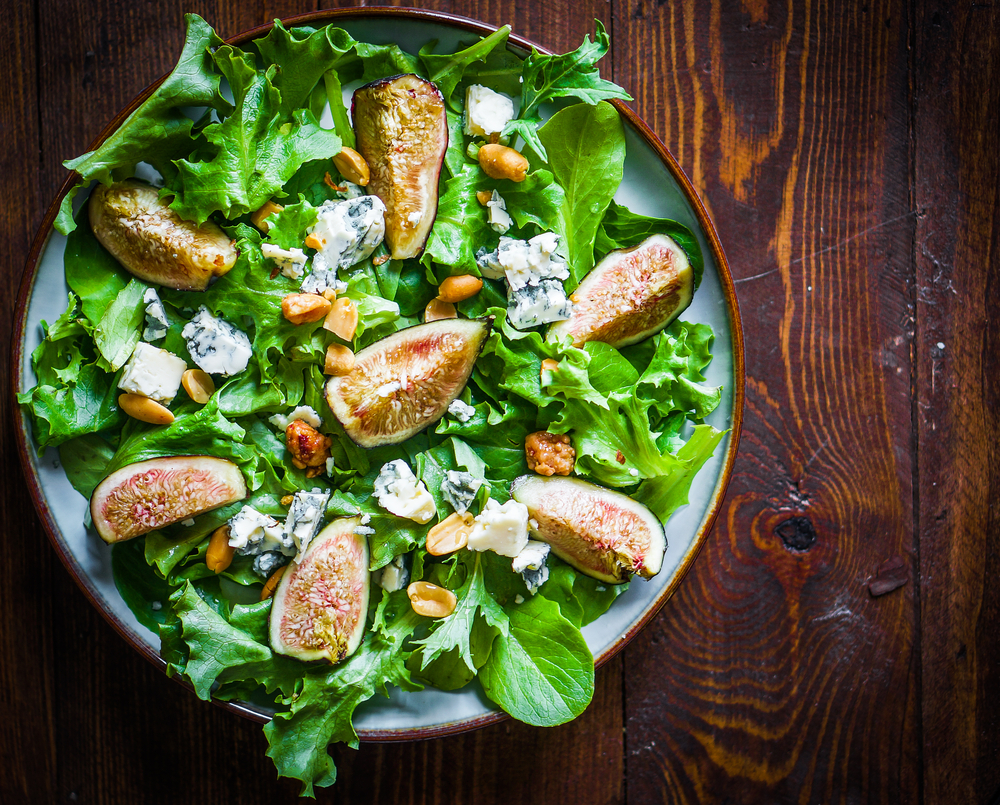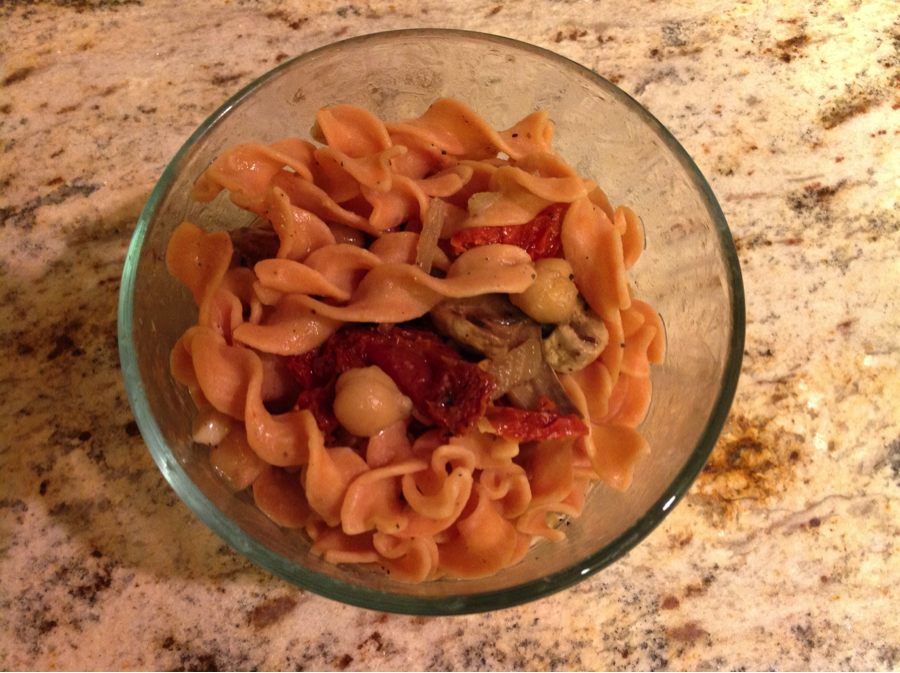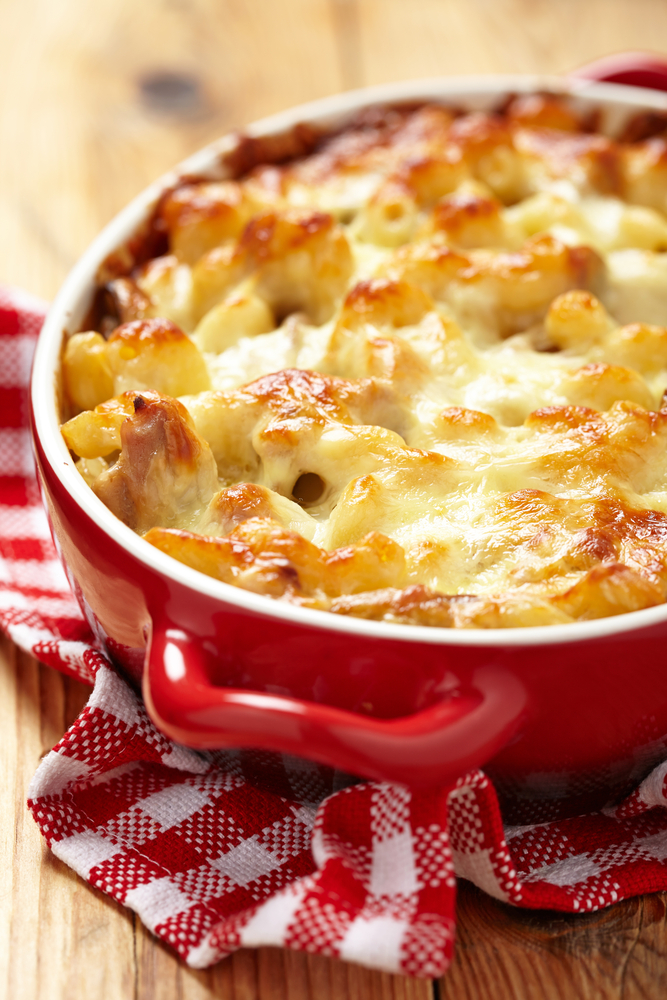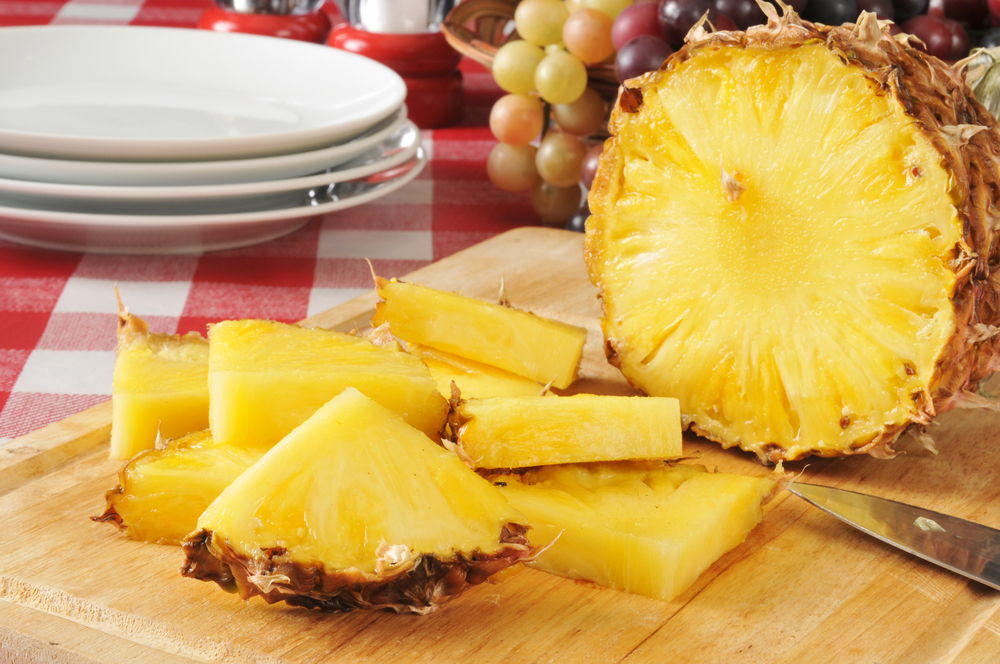Spinach Salad with Figs, Walnuts, and Brie

A salad can be an accompaniment to a meal or can be a meal itself. The portion size determines everything – salads are a great way to incorporate seasonal fruits and vegetables into your meal. If you are making your salad and entrée, make good choices to ensure you have a balanced meal and include […]
Kathryn Herbert on Ancient Healing in the Modern World

July 27, 2015 | Emelyn Daly, YogaFit Media Ayurveda, ‘Life Science,’ and Common Sense Expert Ayurvedic Practitioner and founder of Ayuway of Life Kathryn Herbert has me totally convinced of the value, efficacy, and do-it-yourself easiness of the ancient Holistic healing modality she teaches and practices. Herbert, who is thrilled to share her expertise at YogaFit’s first Ayurvedic Lifestyle […]
Sunburst Pasta

Tolerant Red Lentil Pasta has a bit of a peppery flavor when eaten on its own. When I use it in a recipe I look to find flavors that enhance the pasta’s natural flavors. This dish uses sundried tomatoes for a sweet flavor, chickpeas for a meaty texture, onions and garlic as aromatics, and mushrooms for a chewy texture. […]
Broccoli Greens Tofu Stir Fry

Not only do I love to eat light and healthy foods, but I also do not like to waste food. When I had an opportunity to try broccoli and cauliflower greens I was elated! This was an opportunity to experience two vegetables I love in an entirely new way. I have used the greens as a side dish […]
Grown Up Macaroni and Cheese

Grown Up Macaroni and Cheese Many of us had macaroni and cheese in some form, homemade or prepared, when we were children. As adults, we look to recreate that comfort food with a bit of sophistication. There are many variations to this tried-and-true comfort food! The star of the show in this dish is […]
Banana Walnut Breakfast Bars

Banana Walnut Breakfast Bars Some mornings we need a grab-and-go breakfast. These breakfast bars are high in protein and contain fruit and healthy carbohydrates. Depending on the size you make them, you can have one or two for breakfast or a snack later in the day. Couple the bar with a piece of fruit if […]
Pineapple Upside Down “Cake” for Breakfast

I was looking to make a healthy version of pineapple upside down cake, a traditional spring treat, so I decided to turn the flavors of pineapple upside down cake into a bread…making it a breakfast item! This recipe has MORE ingredients than I usually use, but it’s worth it for this spring dish! Base Ingredients: […]
Peas and Asparagus Your Way

Peas and Asparagus Your Way I make a concerted effort to eat fruits and vegetables when they are in season, when they are at their peak. Asparagus is in season in March and April in California which means not only is the vegetable fresh but also reasonable in price. This vegetable is low in calories […]
Three Vegetable Lentil Pasta

Three Vegetable Lentil Pasta I decided to try a new Gluten Free Lentil Pasta made by Tolerant (http://www.tolerantfoods.com/). As someone with an Art History background, I like to find ways to make my food look good. Since it has been proven that we first eat with our eyes, I try to choose colors that go […]
